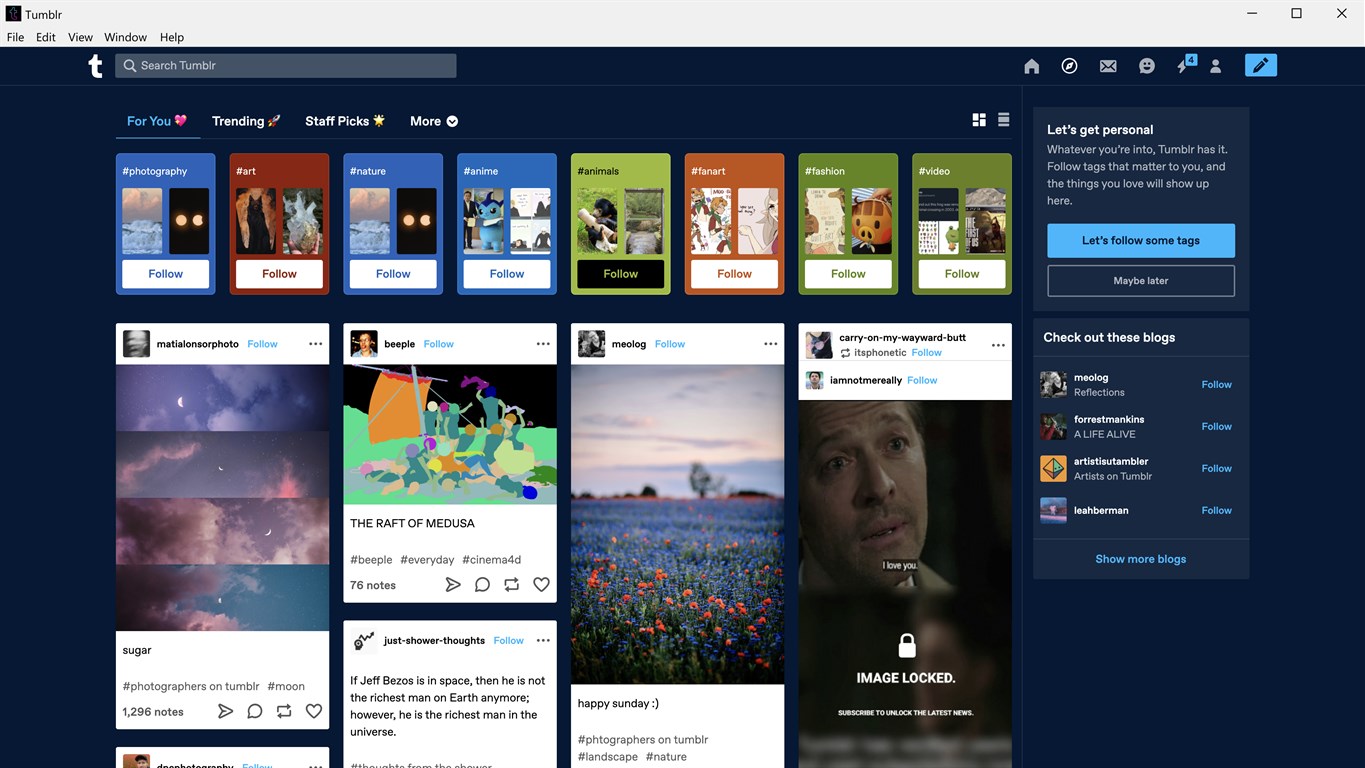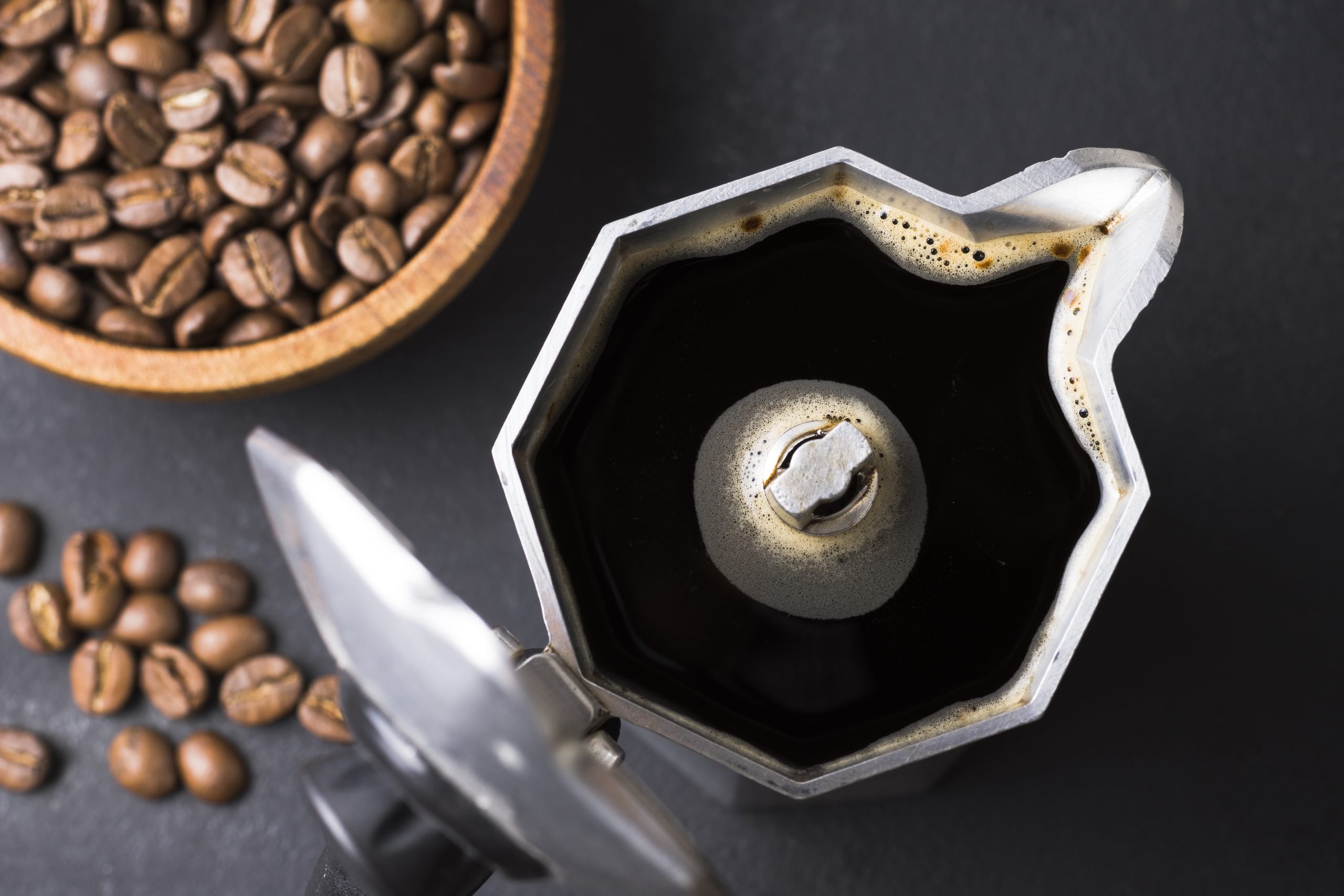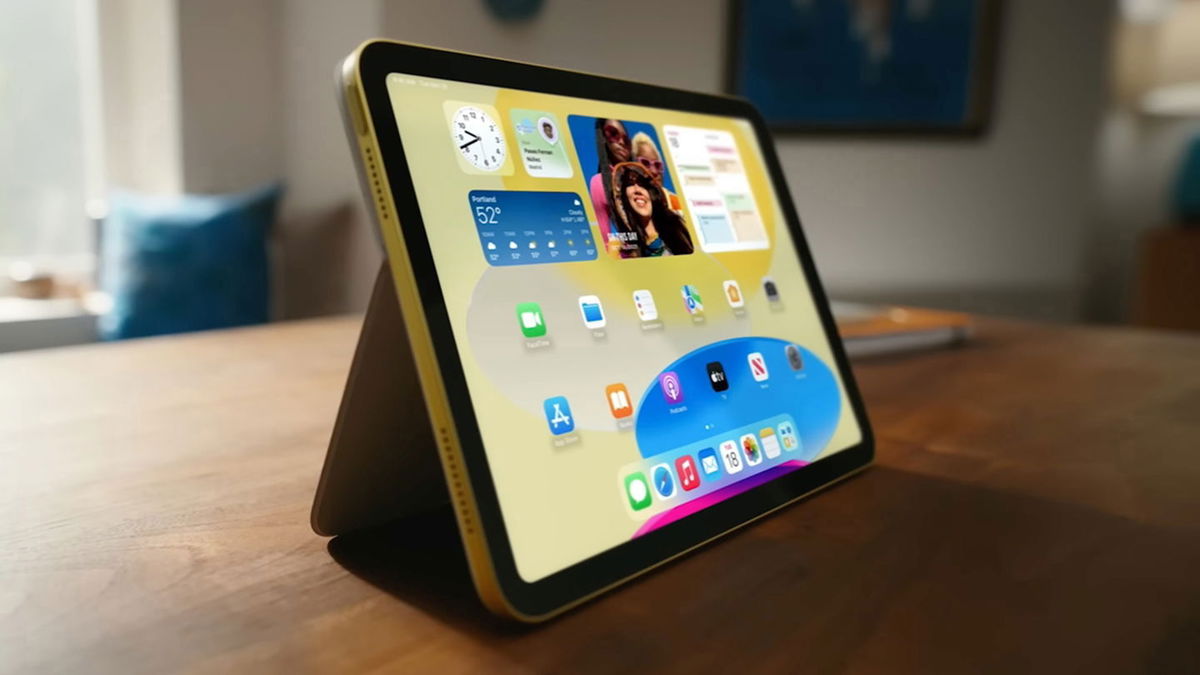Currently, it is almost impossible to imagine a world without social networks. Every year, new platforms come into play, and although not all of them survive for long, the sites somehow leave their mark on the history of the internet.
Over the last 20 years, we’ve seen major platforms like Facebook and LinkedIn grow exponentially, while old ones like orkut have stepped by the wayside. With the advent of Threads, TecMundo decided to recall the trajectory of the main social networks from when everything was in the bush to the present..
mIRC (1995), ICQ (1996) and MSN (1999)
For readers under the age of 30, the abbreviations mIRC, ICQ and MSN may not represent anything. However, for the elderly, these were probably the first (many) contacts with social networks.
Both mIRC and ICQ are pioneers in instant messaging. Created in 1995 and 1996 respectively, the programs worked with chat rooms and revolutionized fast communication between people on the Internet. Both have passed the 1 million user mark and, oddly enough, are still active today.
MSN Messenger is already an old acquaintance of many. Launched by Microsoft in 1999, the program reigned over the internet in the early 2000s and had over 60 million users at its peak. The platform is fondly remembered by users to this day – who wouldn’t miss the attention-grabbing options, viewing music in the profile, and someone’s login and logout alert, right?
Fotolog (2002) and Flogo (2004)
As they say on the Internet: Fotolog walked so Instagram could run. Launched in 2002, the photo-sharing platform was hot in Brazil, with more than 20 million unique visitors per month.
Today, as with Influencer Mari Moon, Fotolog has made many famous. At least some interesting curiosities about the social network are that initially only 500 people could sign up for the site per day, and members of free accounts could not upload photos during “peak” times. This is because posting images over the dial-up Internet takes a long time and risks crashing the site.
In 2004 Fotolog won a competitor: Flogão, a Brazilian website founded in 2004. At its peak, it had 25 million monthly visits and nearly 7 million registered profiles. The basis of the network was the same as Fotolog’s. In its last breaths in action, Flogão was taken over mainly by groups of truck drivers, Tibia game players and bus experts (bus enthusiasts).

MySpace (2002), Orkut (2004) and Facebook (2004)
Launched in 2003, MySpace can be considered the first social networking site as we know it today. This is because the platform already has some basic functions such as instant message exchange between users, discussion forums and groups.
Although it led the market for many years, it fell out of use with the spread of Facebook. In 2012 MySpace was reformulated and gained new features aimed mainly at promoting musical interactions.
In the same period, the beloved orkut won the hearts of Brazilians. Created in January 2004, orkut has more than 30 million active users. Just like MySpace, the social network was lagging behind with the growth of Facebook.
Orkut’s main functions included the scrap wall, classic communities, testimonials (or phrases for close ones), history of profile visits and of course the classification of each user as trustworthy, legit and sexy.
Also launched in 2004, Facebook was originally designed to encourage interaction between college students in the United States and Canada. However, the popularity of the site eventually led to the creators changing the rules to allow anyone over 13 to sign up.
By 2011, Facebook was already the largest social network in Brazil, with more than 30 million unique visitors.
Tumblr (2007) and Twitter (2006)
Launched in 2006, Twitter gained space by encouraging the sharing of quick ideas with only 140 characters per text (the limit was mimicking the maximum number of letters to send an SMS). In Brazil, microblogging gained popularity in mid-2008, but really skyrocketed when it got its Portuguese version in 2009.
In 2022, the social network had 229 million active users worldwide and was sold to billionaire Elon Musk, who bet on controversial changes to the platform.
Launched in 2007, Tumblr is also a microblog for sharing content, but offers more format options such as GIFs, links, videos, texts, audios and quotes. Unlike Twitter, each user can customize their page and add HTML templates.
Despite being the most diversely topical profiles, Tumblr’s “golden” time was known for its sad texts and emo aesthetics.
See: Topics x Twitter: What is Zuckberg’s social network missing but Elon Musk already has?

Instagram (2010) and TikTok (2016)
At the end of the decade, in 2010, Instagram appears, something like the “grandson” of Fotolog. To encourage photo sharing, the platform’s main features included filters (something unheard of at the time), boomerangs, and stories lasting up to 24 hours.
Currently, Instagram is one of the most used networks in Brazil. comscore, a media analysis company. With its popularity, it is also one of the most sought-after platforms for brands to invest in advertising.
A few years later, TikTok entered the scene. With people increasingly out of time, it’s clear that it doesn’t take long for the social network dedicated to posting short videos to be successful. Offering users a variety of editing tools and filters, the platform became known in 2019 when dance became popular among young people.
Be Real (2020)
In the midst of all the filters that Instagram and other social networks provide, BeReal emerged as an option that focuses on the authenticity of users.. Created in 2020, the platform only really succeeded in 2022, reaching more than 15 million active registrations worldwide.
On the network, the user can only post once a day, and the app decides when to take the photo (and completely unfiltered). The aim is to capture random moments of daily life.
Topics (2023)
Meta, owner of Facebook, Instagram and WhatsApp, saw an excellent chance to launch Threads, a social network that should rival the bird, with plenty of controversy involving Twitter.
Much like Twitter, Instagram’s new social network will allow posts with text up to 500 characters in addition to photos and videos. More features are expected to be announced soon.
Source: Tec Mundo
I am a passionate and hardworking journalist with an eye for detail. I specialize in the field of news reporting, and have been writing for Gadget Onus, a renowned online news site, since 2019. As the author of their Hot News section, I’m proud to be at the forefront of today’s headlines and current affairs.










